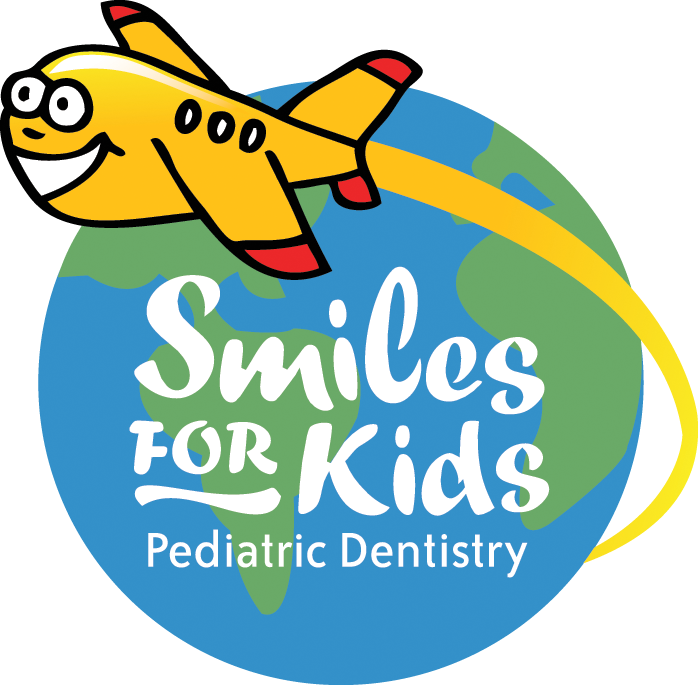Are Bad Teeth Hereditary???
/Multifactorial causes of cavities: role of bacteria, acid, sugar, saliva and tooth structure.
“Bad teeth run in my family” is one phrase we hear daily at Smiles For Kids Pediatric Dentistry. It is clear that when parents have dental decay, kids are more prone to it as well. But the causes for cavities are more complicated and surprising than parents think. Cavities are not a simple, linear problem, and multitude of research on eradicating this epidemic is being explored.
Facts that we know about cavities:
- They are caused by several types of clearly identified bacteria.
- Children are born without any of these bacteria in their mouth and acquire them throughout life from anyone they might share saliva with such as parents, caretakers, friends at school etc.
- We need to fuel (supply sugar) the bacteria to cause breakdown of teeth.
- More acidic oral environments make teeth more prone to cavities.
- Dental decay is slow, progressive process that needs many tools to be identified and addressed early.
However, there is still a lot we do not know about cavities. For example, identical twins raised in the same household, and eating the exact same diet, might still have completely different level of risk for cavities. We know that some genetic factors such as makeup of enamel (outer layer of teeth) or factors in salivary makeup that can be either protective or destructive to teeth, affect rate of cavity formation. Yet, we have not yet been able to identify these factors clearly enough to enhance or fight them before cavities form. Despite knowing exactly which bacteria cause cavities, we are not able to target them with any medications specific enough to kill the offending bacteria without disturbing the overall oral balance.
With all these unknowns, we are fighting daily battles trying to protect teeth from cavities with the knowledge we have. We know that bacteria, no matter how aggressive, cannot do any work without steady supply of sugar. Keeping simple sugars, especially acidic ones (acid speeds up breakdown of teeth and access to the deeper and weaker part of the tooth) to the minimum is the first important step in keeping the teeth cavity free. We find that “liquid sugars” such as juices, sports drinks, or lemonades as well as sticky candy, which are acidic, sticky, and filled with sugar, are the most dangerous food kids can consume. Second step is removal of plaque, which contains sugars and allows bacteria to produce acid that destroys teeth. Diligent brushing and flossing, as well as regular dental visits are the only ways to keep plaque under control. Third stop is responsible use of fluoride. It is the mineral that helps remineralize enamel, therefore fighting the destructive action of bacteria. Using fluoridated toothpaste is extremely important and some children with high risk for cavities might even need extra prescription strength daily fluoride application. Regular dental visits are crucial to risk assessment and early detection of cavities. Many new and minimally invasive treatments can be applied to teeth before cavities become large enough for fillings, root canals, crowns or extractions. However, if not detected early, cavities can become difficult to treat and cause disruptions in daily life.
It truly is difficult to find a simple answer to how cavities form and how to prevent them. We work very hard at Smiles For Kids Pediatric Dentistry to educate our patients and families on cavity prevention and good oral habits in hope that soon we will have a better way of preventing decay from forming all together. Meantime, however, we need to understand the factors involved in cavity formation and have a full appreciation for how unpredictable and complicated the process is. We need to utilize the factors we do know in fighting the unknown ones, and apply them in daily home dental care in order to protect children from complicated dental procedures, pain, and loss of school time. We also hope to ease some guilt parents feel when they find out that children have cavities, by explaining the complicated issues of dental decay formation.
